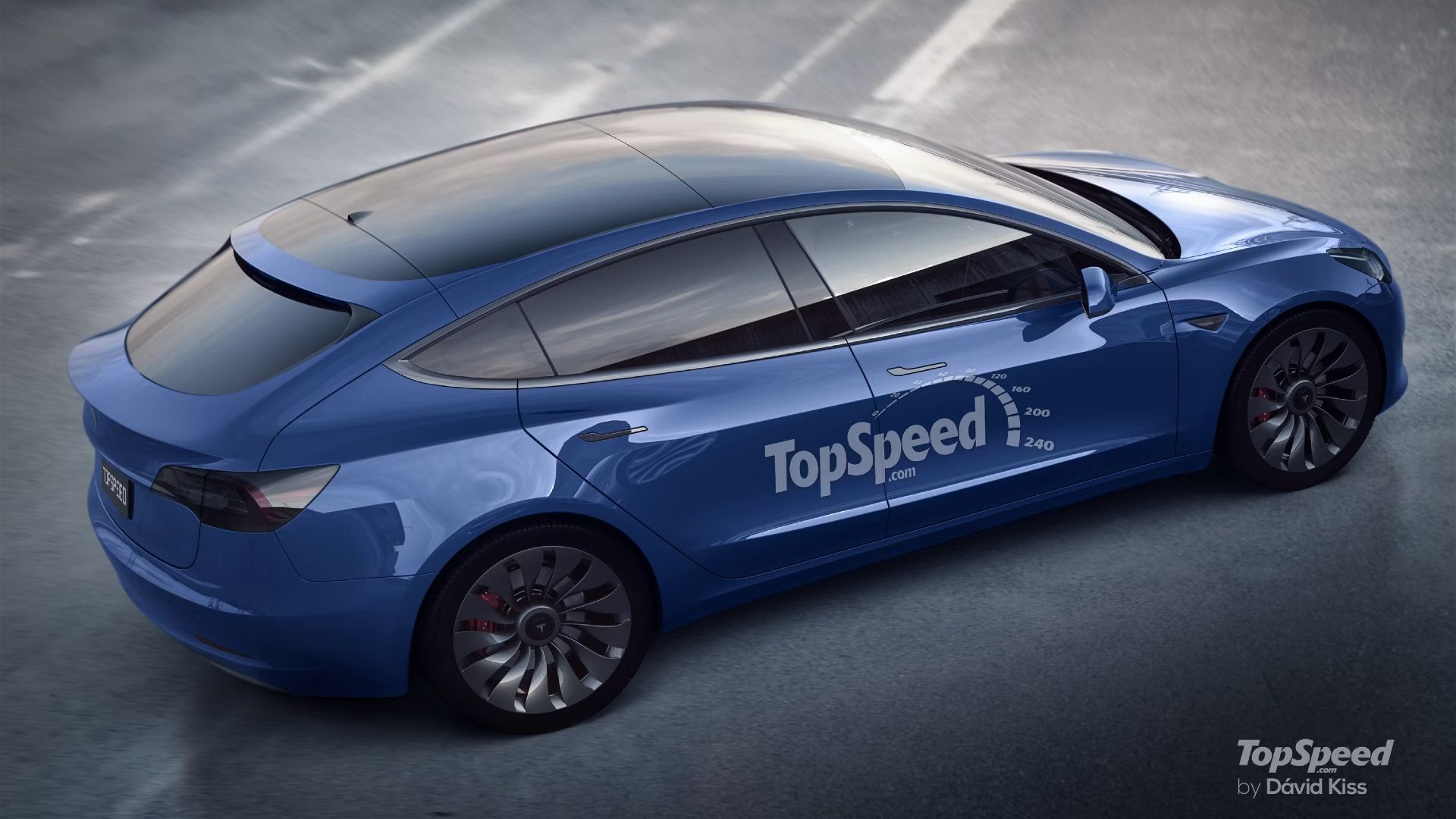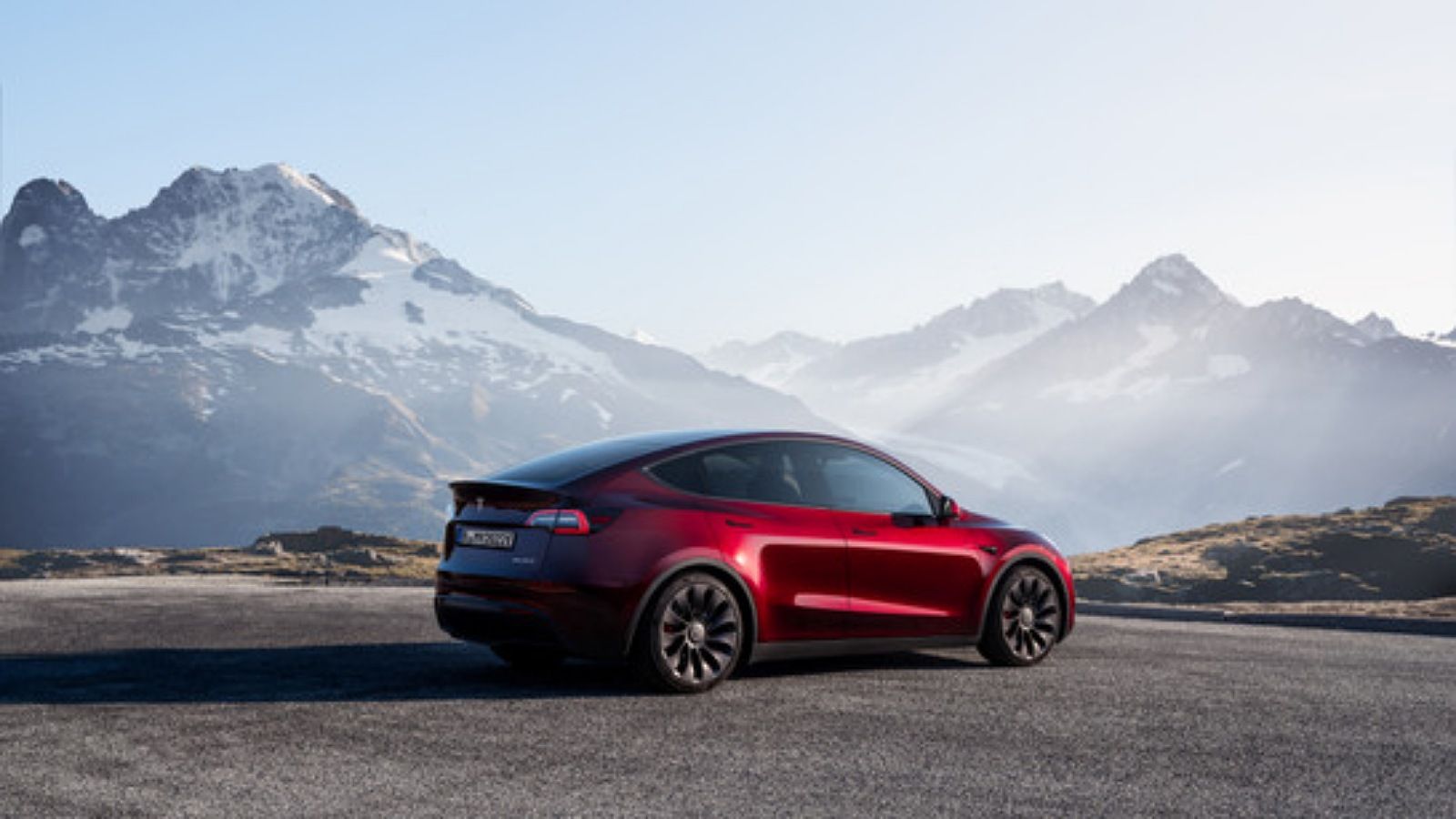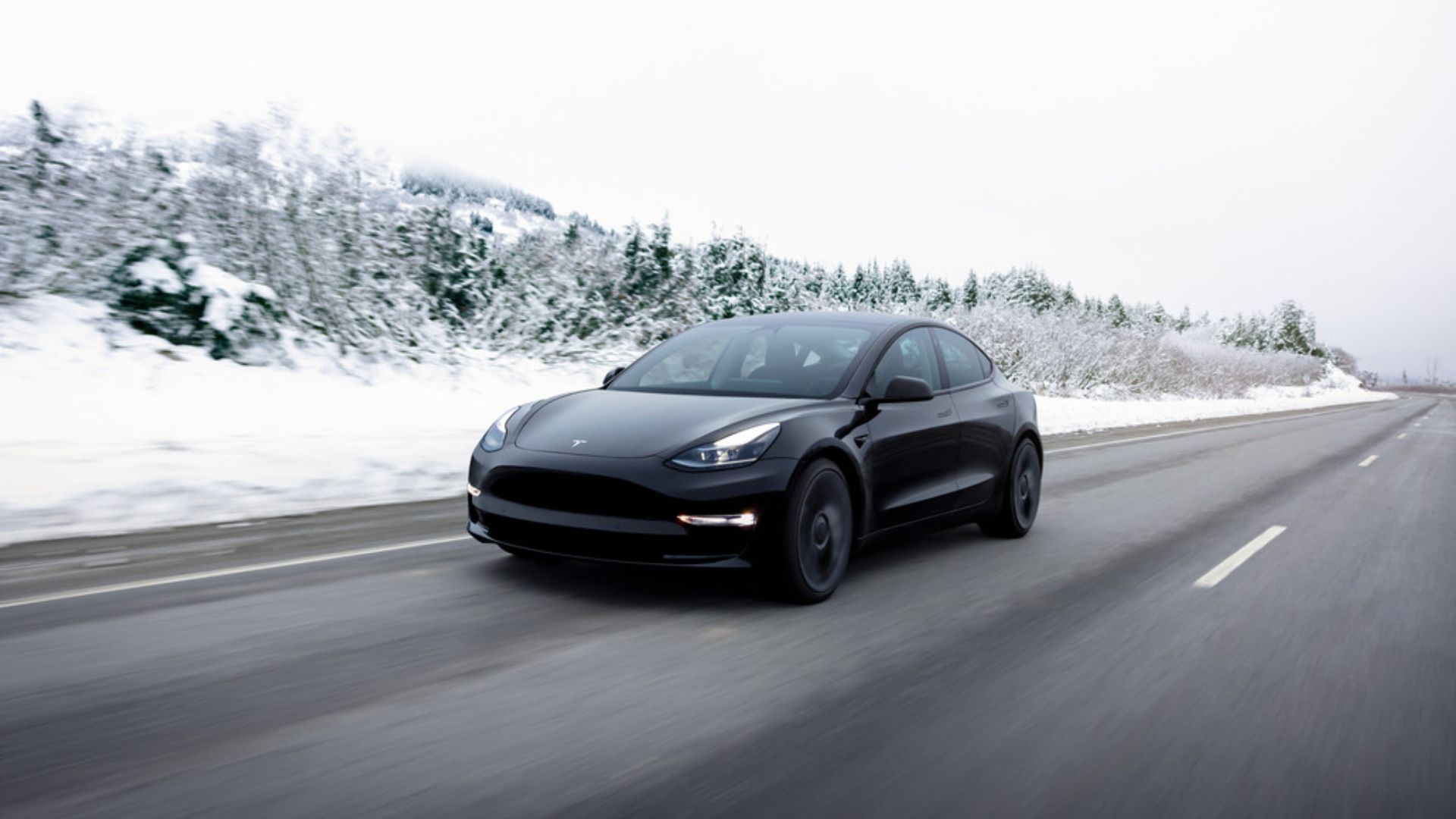As Tesla continues to push forward its mission of carbon neutrality and zero emissions, its plans for the future are becoming clearer. Despite factors like costliness routinely explored, lofty aspirations committed to reduced environmental harm see renewed focus here, indicating favorable aspects growing increasingly reliant upon trusted energy resources. Following the Investor Day presentation in March, Tesla revealed its master plan part 3, which outlined ambitious ideas about its long-term battery strategy, including three new electric vehicles (EVs). These EVs include a compact passenger car packed with lithium iron phosphate (LFP) chemistry, a commercial/passenger van segment entry, and a bus. Its commitment to staying ahead of the game sets Tesla apart from other automakers. It comes in the form of Tesla researching cutting-edge battery technology for their vehicles, ensuring happy customers by making sure they are always supplied with reliable, long-life, and powerful batteries.
Get Ready For The $25,000 Model 2 (?!) From Tesla
First up is news of an upcoming compact passenger car with a potential sale of 42 million thanks to its 53-kWh lithium iron phosphate (LFP) battery pack. These sales will be almost double that of models Y and 3. These lower energy density cells make them ideal for standard-range models, while high nickel chemistries are necessary for long-range offerings. Tesla will dub this car either Model 2 or Model Q. Production rates will be set at four million units per year, with half coming from factories in Mexico alone! It’s still too soon to tell when production will officially begin; however, 2024 could potentially see the release of the much anticipated $25,000 entry-level Tesla.
Thus, Giga Mexico represents another crucial step towards the goal of providing cheaper EVs and aiding accessibility via better solutions spanning across international borders. Tesla notes that the factory for Giga Mexico will feature the latest technological advancements to produce affordable, high-volume electric cars. It marks Tesla's sixth Gigafactory plant since originally beginning production in Fremont, California, now followed by Nevada, Shanghai, Berlin, Texas, New York, and Mexico. Furthermore, the company has admitted the need for additional factories to boost production output worldwide. These various dynamics concerning forthcoming complex details perhaps explain the reason for the Model 2 delay until 2024, allowing Tesla plenty of time to refine products before launch. All these components and more combined offer a unique perspective on what Tesla stands to accomplish through its vision for game-changing transportation solutions throughout the next century.
Get Ready For The Future With Tesla's New Electric Van And Bus
As part of Tesla’s long-term strategy outlines, the company also listed a commercial and passenger van model as an option. The master plan part 3 states that the commercial/passenger van will use a high nickel-cathode battery. According to its predictions, this high nickel battery would offer 100 kWh of power and could account for 10 million sales. It is possible that this upcoming van could serve as the base model for Tesla’s robotaxi, which they have mentioned many times before. The idea behind introducing an electric van instead of traditional gasoline versions already paves the way for sustainability. However, while business owners may focus on the concept of saving on gas costs (on cars and vans alike), another draw that’ll likely keep them coming back is the ability to make maintenance much easier. Like any venture, cost savings are key, so replacing car parts less frequently could mean significant discounts on upkeep expenses.
However, given Tesla’s incredible track record on reliability, chances are those headache-saved costs might stay minimal enough. By bringing every piece together, we can understand what to expect when the commercial/passenger van finally rolls out onto the streets. Tesla aims to create something revolutionary yet welcoming — permitting business owners, normal families, and commuters alike to access a car type packed with greatness. Though exact specs remain unknown, it’ll be one to watch once it shows up. Furthermore, Tesla is officially ready to venture into electric bus production. The upcoming vehicle will have a 300 kWh battery pack and LFP cells. According to Tesla, this bus stands to generate one million unit sales. However, no firm release dates have been put forward at this point. Undoubtedly, these buses will provide an entirely emissions-free alternative to large-scale public transportation. These buses sound like a revolutionary concept that could change the commuter train game forever.
The Anticipated Success Of Tesla EVs In Changing The Auto Market
Already falling top automotive companies, investors anxiously await the fruition of Tesla’s endeavors into cheaper and better rides that offer quality comparable to luxury makes. From bigger to better, Tesla sets hopes high of powerful, eco-friendly emission levels attainable in never before seen markets at competitive price points that benefit both environment and human pocketbooks. Regardless of the outcome, the EV maker seems determined to make each vehicle stand out and impress EV enthusiasts everywhere. And, if Tesla can pull off what it has promised, then the world of electric transportation promises to revolutionize itself again.
Tesla’s efforts to produce affordable, efficient, and stylish rides suggests that they may soon take over every other auto industry company worldwide regarding innovation and production. It's too soon to accurately predict how big of an impression their upcoming lineup will make. However, the company hopes to see quick progress as it appears exceptionally motivated to succeed. Only time will tell how exactly everything pans out. Only then can one judge whether the automaker has truly succeeded in creating the standards against which all other manufacturers shall compete.




